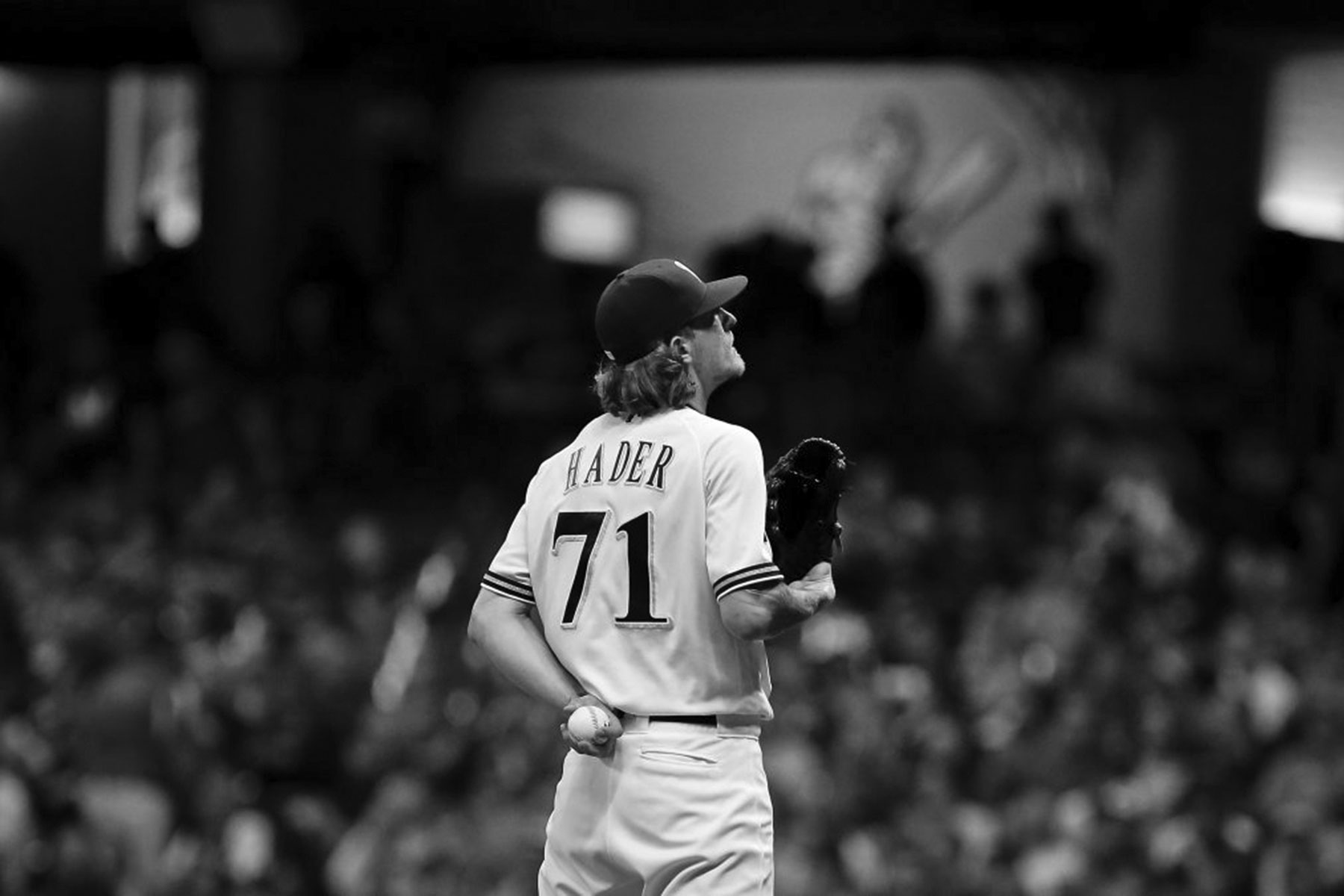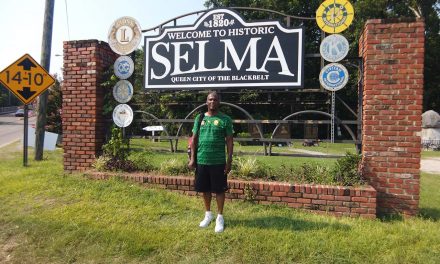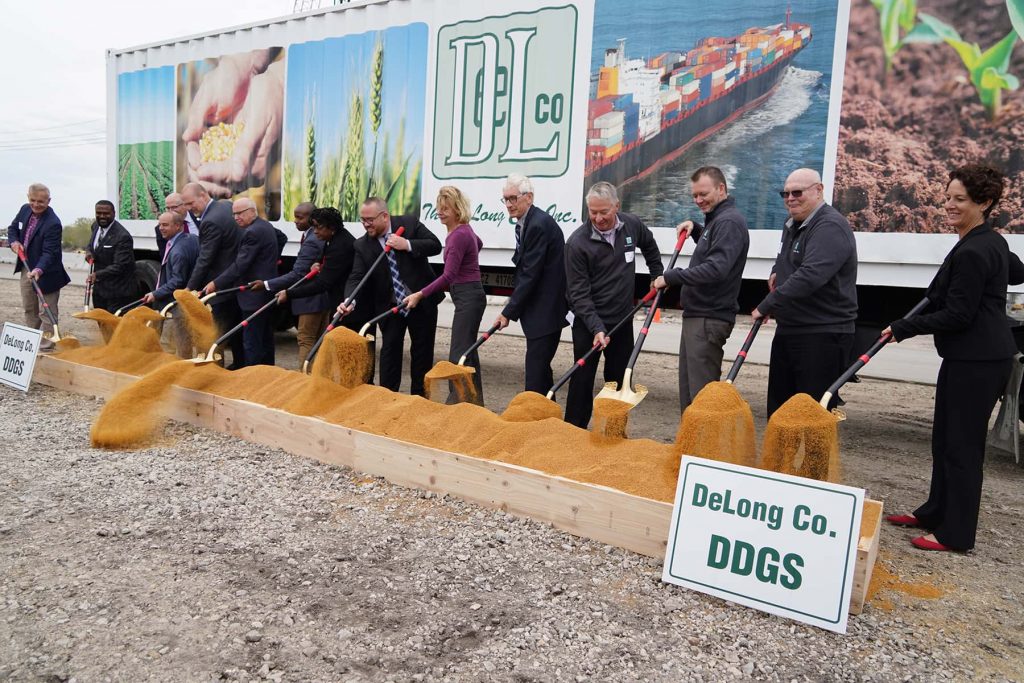
On a hot summer day, dedicated to the “boys of summer,” Major League Baseball (MLB) celebrated its brightest stars in its annual All-Star game. Our local team, the Milwaukee Brewers, was well represented at the game in a season that has been without controversy. On that glorious night, the spotlight would shine on a young southpaw, All-Star Josh Hader of the Milwaukee Brewers.
Unfortunately, the light did not shine on his exploits as one of the more dominant, exciting young pitchers in the league. Instead, Major League Baseball would get caught in the trajectory of a social media firestorm caused by old “tweets” posted online during the game. The Twitter page of a young Josh Hader would be exposed for the world to see. Tweets, from his teenage years espousing racists, sexist, and homophobic stances would go viral that night. His family would be forced to wear jerseys without his name on them at the game due to the controversy.
It is a lesson in social media’s powerful reach. Not just its ability of extending to audiences around the world, but its ability to time travel back to old, long forgotten comments. The reaction to the tweets was swift and the apology by Hader came shortly thereafter. The commissioner of MLB, Rob Manfred, issued a “punishment” requiring Hader to attend “sensitivity training.”
Under most circumstances this would have been the end of the story. However, regional fans of the Milwaukee Brewers made the story grow new legs.
On his return to regular season action at home in Miller Park, Hader’s first action since the “tweetstorm” aimed a very bright spotlight on Brewers fans and the city of Milwaukee in general. Although many were surprised, I was not shocked that thousands of baseball fans at Miller Park reacted to Josh Hader’s return home in a way that embarrassed the city. Not only did Hader receive a warm reception, he received a raucous, standing ovation from many in the stands.
The reaction on social media around the country was swift and overwhelmingly negative. People were incensed that a young man who had tweeted such derogatory statements would be given a standing ovation. What is wrong with Milwaukee? This was the question on social media in the wake of the fan reaction to Josh Hader. Instead of the fans helping Josh Hader, they literally made it worse for him. Now the stain of the tweets would be permanently attached to the standing ovation.
A week later the Brewers embark on a long road trip out west. Their first stop was at AT&T Park in San Francisco, California. For years the city has been a place that embraces and celebrates the LGBTG community. How would these fans react to a person who had made anti-gay remarks on social media? How would they greet someone who tweeted “I hate gay people?” They stood and booed Hader unmercifully.
Welcome to the real world Josh. Unlike the fans in Milwaukee, those in San Francisco and other ballparks will consistently see him as a person deserving of derision instead of celebration, despite his apparently heartfelt apologies.
Not every fan applauded Hader at Miller Park. I am sure there were some who sat silently not responding, and perhaps some may have even booed. These groups were drowned out by the loud cascade of cheers. As for Hader, he was in fact a young man when most of these tweets were posted. I heard on local talk radio that “he was just a kid,” “give him a break”, “he apologized, what else do you want him to do?” Let’s examine these sentiments and the reaction at Miller Park.
I was not at the game, and I cannot say how many fans stood and cheered. From the multiple videos I have seen online it, appears to be a substantial number of fans who participated. Why did they cheer and stand for Hader? Was it an affirmation of their acceptance of his apology? Did they simply want to lift up the hometown star in a difficult time and a tense moment in a tight baseball game? Was it insensitive and racist? I do not believe there is a simple answer.
We must place this into context by exploring a few of the tweets. “KKK.” “White Power.” Another included the word nigger several times. Some have attempted to defend Hader by saying he was quoting from rap music lyrics in many of the tweets. That is true. However, the White Power and KKK references certainly did not come from rap music lyrics. These are the ones that people are having a hard time wrapping their minds around. This young teenager saw no problem posting obviously racist sentiments on Twitter for the world to see. People say he was young, he has changed now. He said this himself.
However, as he has grown, he saw no reason to go back and remove these old tweets. Out of sight, out of mind perhaps. He had no way of knowing these tweets would be unearthed years later. When I heard people say he was young, we all do stupid stuff when we are young, I was in agreement. But I did not hear anyone remark “we all did racist stuff when we were young.” He was young and immature and stupid at that time, but he was equally racist as well. We cannot simply turn a blind eye to this.
As I have studied the history of the Ku Klux Klan and explored the images of blacks who were lynched, two things have stood out to me. Racism starts at a young age. The Ku Klux Klan, during its heyday in the early part of the twentieth century and once again during the Civil Rights era when it re-emerged, had Youth Auxiliaries. Young people were recruited and joined the Klan in large number. I recall seeing the image of a very young boy referred to as Ku-Klux Bill dressed in full Klan regalia. In many of the pictures taken of the lynching of black men, women, and children throughout the late 1800s and early 1900s, the faces of young white people are present.
Two of the clearest examples of these are the images of the lynching of Reuben Stacey in Fort Lauderdale, Florida on July 19, 1935. No less than four young white girls can be seen staring at the body of Stacey hanging from a tree in the woods. White parents would often bring their children to be present during lynchings or to observe the aftermath of these grisly kiIIings. It was a reminder of the power whites had over blacks, where they could murder them with impunity and stand to pose for a picture in front of the remains of the victim.
The image of William Brown’s burned remains is another such example. In the photograph from Omaha, Nebraska on September 28, 1919 a large crowd of men are standing around what is left of Brown’s charred body, happily smiling for the photographer. A young white boy can be seen peering around a couple of men trying to get a better look at the body. No one asks what happened to those children when they became adults. What values did they take forward and pass down to their children and grandchildren?
The connection I am trying to make is not to accuse Hader of being one of these rabid racists of America’s dark past. I am simply stating that racism runs deep in the fabric of many families. I am not sure if Hader picked up these views from his family or not. He was born in Millersville, Maryland in 1994. It is a small-unincorporated community in Anne Arundel County. Just over of 15.5% of the county’s residents were black in 2010, 75.4% were white. I have no way to know what environment he lived in, while at the age of 17 and 18 he posted the insensitive tweets.
During his apology Hader said, “being 17 years old, you make stupid decisions and mistakes. I’ll live up to what happened and move on from it.” Will the fans who cheered Hader feel that what they did was stupid and a mistake? Will Milwaukee move on from another racially stained mark on its reputation? Just months ago another professional athlete, Milwaukee Buck Sterling Brown was thrown to the ground and tased by Milwaukee police after a parking violation. The incident, combined with the reaction to the standing ovation Hader received, cements Milwaukee’s unflattering reputation across the nation.
At some point Milwaukee must face up to the reality that many people see it as a very racist place. The fact that we are still the most racially segregated metropolitan area does not help. We live within the state that has the highest black male incarceration rate, which further reinforces the views of Milwaukee as a bad place for blacks to live. An entire litany of other demographic indicators makes this situation readily apparent. A young black person growing up in Milwaukee will suffer difficulties unimagined by young whites in the area.
I grew up a Brewer fan from the time I was in third grade. I have been to Miller Park for games on several occasions. The experiences were not pleasant. I felt a very strong vibe that I was out of place and not welcomed by some of the fans around me. Nothing specific was said, but from experience people know when they are unwelcome. I hope other black people have had positive experiences at Miller Park. My past experiences there are the reason I was not the least bit surprised at the standing ovation Hader received. Applauding and standing for someone who made these type of insensitive statements, at any time during their lives, is deplorable and sends the wrong message to those he offended.
The right thing to do is not always something that is agreed upon. I think that in light of these past few weeks, Milwaukeeans feel uncomfortable with the way the city has been portrayed nationally. Many residents within the Milwaukee community feel ashamed of the standing ovation given Josh Hader, as well as his lax punishment.
When fans around the country boo African American NFL players for expressing their views by taking a knee to protest inequality, police brutality, and other salient issues to their community, the message is clear. As white people, they do not care about black issues. To see a young white baseball player receive the exact opposite reaction after posting racist tweets is an eye opening experience. It indicates exactly what is wrong with the metropolitan Milwaukee area.
© Photo
Dylan Buell and MLB















